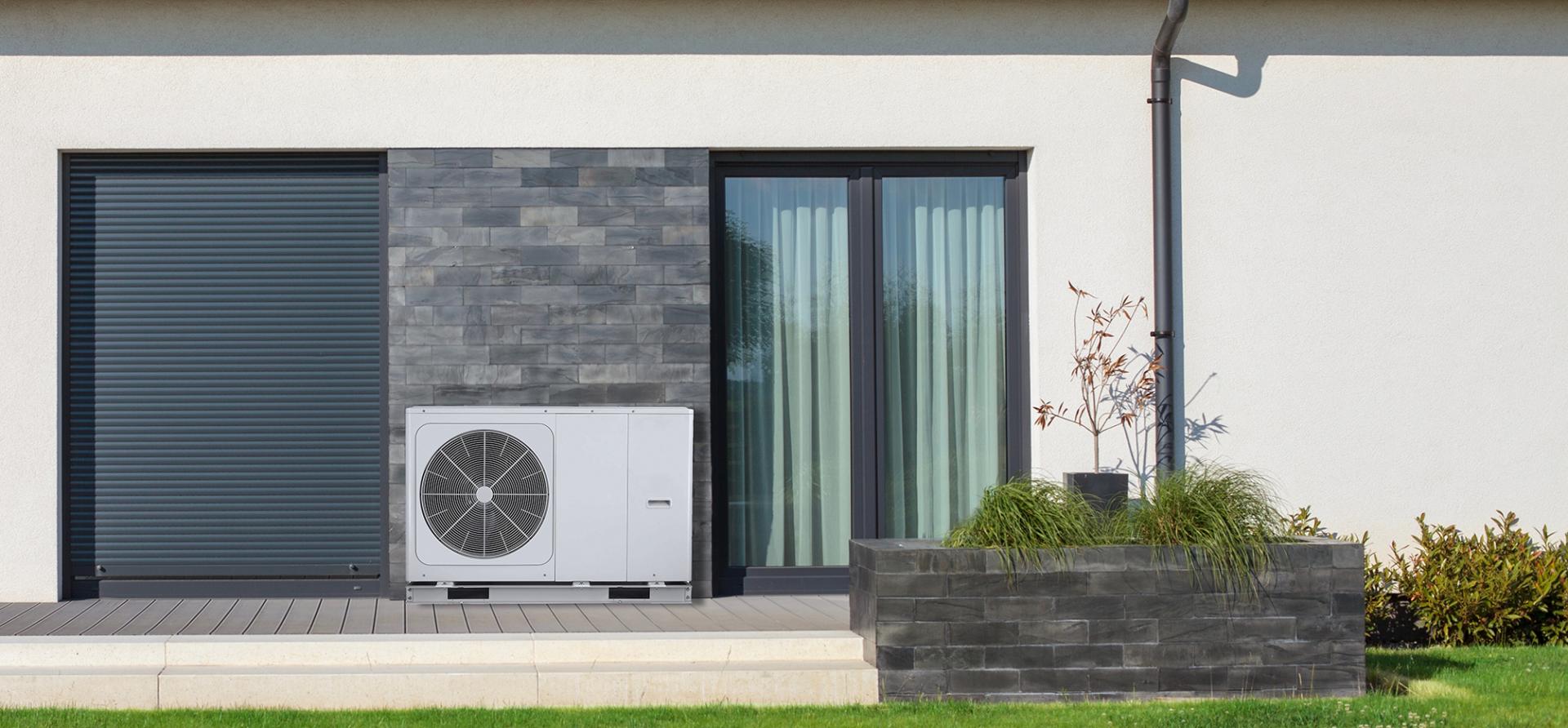How efficient appliances could ease Tasmania’s cost of living
Download Full Report
View Press Release

Key Findings
Tasmanians could collectively save $146 million over the lifetime of their heating, hot water and cooking appliances for every year that all new appliances installed are efficient and all-electric, rather than inefficient electric, gas or LPG-fuelled.
An all-electric Tasmanian home could cut their bills by nearly $1,000/year by replacing worn out inefficient electric appliances with efficient electric ones, recouping their investment in four years.
A typical gas-connected Tasmanian home could save nearly $1,300/year by replacing end-of-life gas appliances with efficient electric ones, recouping their investment in under two years.
Executive Summary
Despite enjoying lower electricity rates than most of the National Electricity Market, Tasmanians on average pay higher electricity bills than other states and territories. Tasmanian homes are typically thermally inefficient, and often rely on inefficient resistive electric appliances for space heating and hot water. These are cheaper to purchase, but much more costly to run than efficient alternatives.
While most Tasmanian homes are all-electric, around 5% are connected to mains gas, and an additional 14% use liquefied petroleum gas (LPG). For these households, gas is no longer providing the cost-competitive alternative it once did. Electrification is highly cost-effective for gas consumers. However, it does present risks for gas distribution networks, even under a consumer-driven switch. It will be critical for the Tasmanian government to work with Tas Gas Networks to manage the phasedown of residential portions of the network in a way that minimises impacts to customers.
IEEFA looked at the projected number of resistive electric, mains gas and LPG appliances installed per year in Tasmania. We found that over the lifetime of those appliances, households are locking in $146 million in additional costs each year compared with if they were switched to efficient, electric appliances.
Total lifetime savings per year - Efficient electric appliances

If all resistive electric, mains gas and LPG appliances in Tasmania were converted to efficient electric appliances, a net 771 gigawatt-hours of electricity could be saved per year, which is a 6.3% reduction on state-wide electricity demand.
Requiring all new appliance sales to be efficient and electric represents one of the most economical options to reduce energy costs for Tasmanian households. It could avoid billions in long-term locked-in costs, and it would present an equitable solution for renters, who often cannot access home energy upgrades.
While this could lead to significant cost-of-living savings on its own, Tasmania could amplify these actions by prioritising improvements to the thermal efficiency of Tasmanian homes, accelerating the deployment of rooftop solar and other consumer energy resources, and working with other governments to unlock the potential for residential demand flexibility.















